Marsh. Bog. Swamp. Fen.
May is American Wetlands Month, a time to recognize these incredibly productive and diverse ecosystems.
Across the Long Island Sound region, wetlands perform vital functions that serve the ecosystem and people. Coastal marshes protect our communities from storm damage by dispersing wave energy and storm surge, and serve as nurseries for fish and crustaceans. Inland wetlands filter drinking water and host frogs, salamanders, and birds. Over a third of the threatened and endangered species in the U.S. live only in wetlands. Our local Connecticut River Estuary and Tidal River Wetlands Complex is a recognized Wetland of International Importance, one of only 40 nationwide. (Check out the U.S. Fish and Wildlife Service’s blog series for more facts about wetlands!)
At Save the Sound, we use our full toolbox to protect wetlands and restore them to vibrant life. Here are just a few of our favorite wetlands projects from around the region.
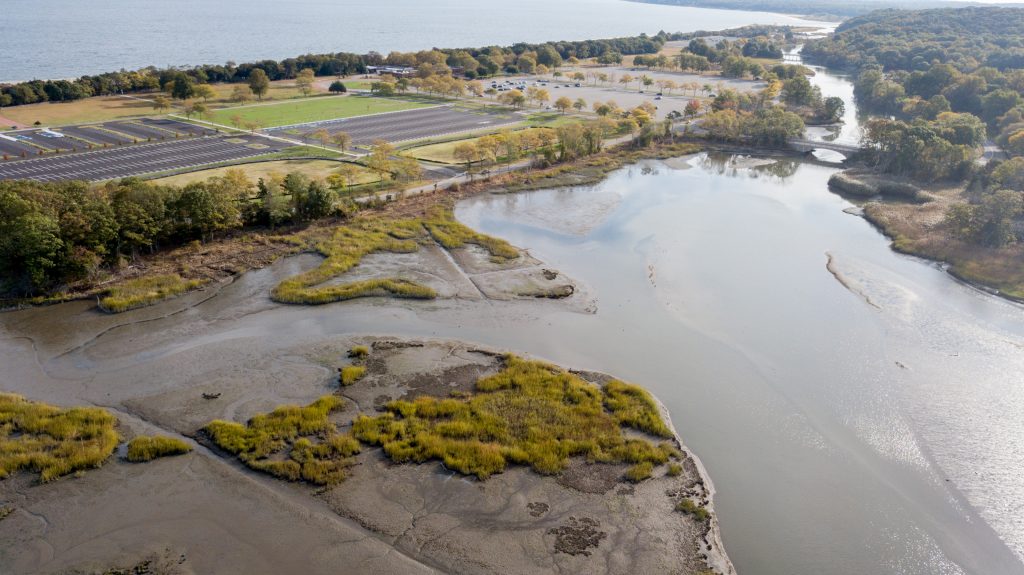
On-the-Ground Restoration of Coastal Wetlands
Sunken Meadow State Park, on the north shore of Long Island, is the site of our largest-ever restoration project, which demonstrated the success of collaboration. Since the 1950s, human activity at Sunken Meadow had altered the flow of water through the marsh. Mosquito ditches were dug to drain standing water and a large earthen berm was installed to prevent the tide from flowing into the marsh. However, those manmade changes decreased the water quality and salinity of the marsh and allowed invasive Phragmites reeds to outcompete native plants. To return Sunken Meadow to its natural and thriving state, Save the Sound, Audubon, New York State Parks, and the New York Natural Heritage Program came together to install a living shoreline, restoring 4.3 acres of this fragile ecosystem. Volunteers joined us in planting native marsh grasses and shrubs to stabilize riverbank and bring back the plants that local wildlife depends on.
To increase the resiliency in this location, Save the Sound also led the design and construction of large-scale green infrastructure to capture and treat stormwater runoff from the adjacent 17-acre parking lot through constructed wetlands and bioswales. The combination of these techniques has allowed the system to thrive once again.
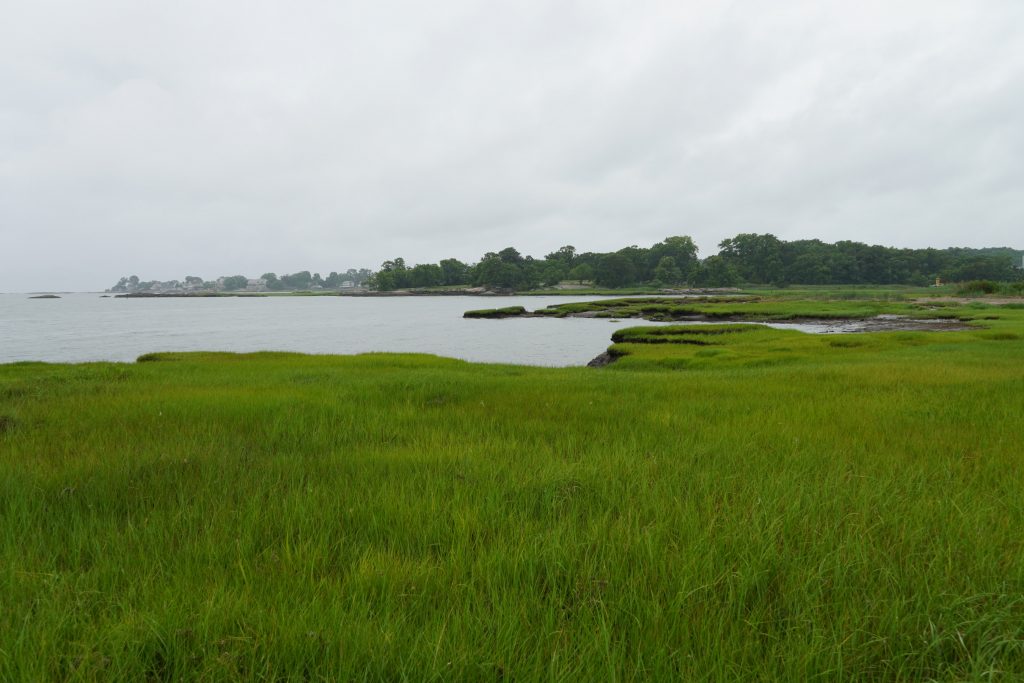
Now, Chittenden Park in Guilford, CT needs our help. This park lines the seaward edge of a 155-acre section of the West River Marsh, a part of the 1,100+ acre East River Marsh/West River Marsh complex. This complex is one of the largest and most ecologically important on the Long Island Sound coast. But this precious beachfront and wetland ecosystem is rapidly eroding at a rate of more than 50 feet per decade! We have already lost 377 feet of this ecosystem to date. To restore this habitat and prevent further erosion, Save the Sound is creating a living shoreline to mimic natural features and processes that will allow for adaptation to rising sea levels. Last year we visited the site to establish the scope of the project. This year we are working with engineering contractors, SLR, to draft project designs and acquire permits to start construction next year.
Land Conservation to Protect Coastal and Inland Wetlands
When we helped to save The Preserve, a 963-acre coastal forest, from development, one of our aims was to protect its 114 acres of wetlands. The Preserve is home to three large red maple swamps and an Atlantic white cedar swamp, a critical habitat type. It also contains numerous vernal pools, which fill with water in spring and provide habitat for salamanders and other amphibians. Straddling Old Saybrook, Essex, and Westbrook, The Preserve was the last large unprotected coastal forest between NYC and Boston. Today this precious natural resource is open to the public for hiking, birdwatching.
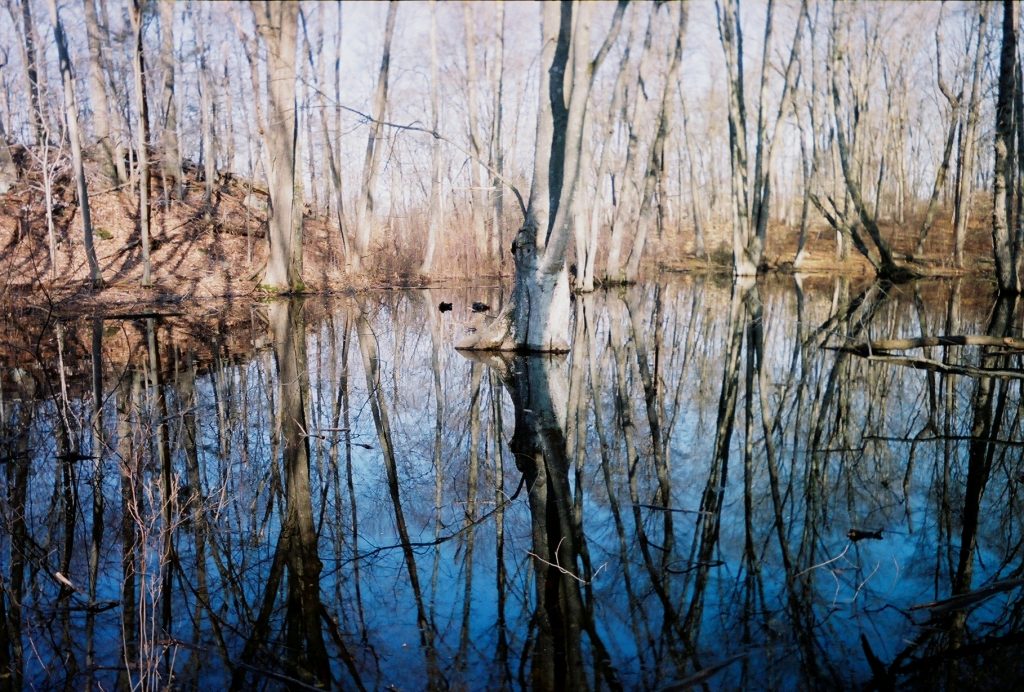
Now our attention is on another threatened coastal forest, the Oswegatchie Hills on CT’s Niantic River, where wetlands protection is also crucial to water quality, flood control, shoreline stability, wildlife habitat, and human recreation. Both projects have shown the success of connecting Save the Sound’s coalition leadership and litigation experience with the people power and on-the-ground knowledge of local groups.
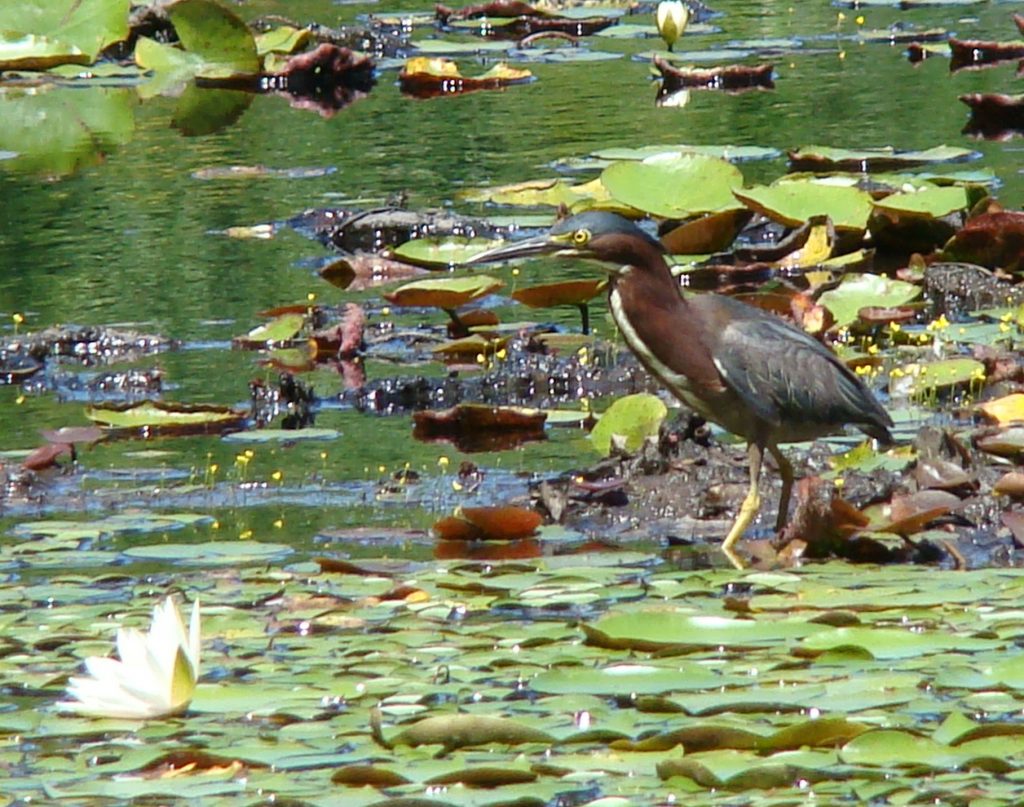
Policy Leadership in Our State Legislatures
Last spring we worked with allies on a bill that would require all inland wetland commissioners in Connecticut to take DEEP’s award-winning online training program. Now known as HB 6809, this bill is before the CT legislature. A 2008 report found that about 17% of towns lacked trained commissioners. It also found that when commissioners were trained, more wetland acreage was protected. HB 6809 would also allow DEEP to use stormwater infrastructure funds to acquire riparian buffer conservation easements—strips of natural vegetation along rivers that filter water, help reduce flooding, and provide wildlife habitat. We’ll keep advocating for the passage of this important wetlands protection bill!
On March 22, the New York State Senate unanimously passed Senator Shelley Mayer’s “Living Shorelines Bill,” which would direct the Department of Environmental Conservation to prioritize nature-based green infrastructure options when approving permits for coastal resiliency projects—applied for by homeowners and municipalities—over traditional gray ones. David Ansel, our vice president of water protection, has been talking with environmental leaders in the Assembly, where the bill waits in the Environmental Committee, and is encouraged that it remains a priority for them to pass this session. The clock is ticking, though, with the end of the legislative session just three weeks and three days away. We may be calling on our New York members to add your support down the stretch to help push this bill across the finish line. Stay tuned!
That Living Shorelines bill passed the Senate last year, too, but it was never brought up for a vote in the Assembly. What did pass both chambers and wound up in the budget, though, was a revision to New York’s Freshwater Wetlands Regulatory Program, which eliminated the mapping requirement that had left more than a million acres of wetlands across the state unprotected by DEC. That revision also expanded protected wetlands to include areas larger than 7.4 acres; previously, only wetlands areas larger than 12.4 acres were protected. Many Save the Sound activists like you spoke up for that bill, participating in the critical work of wetlands protection!
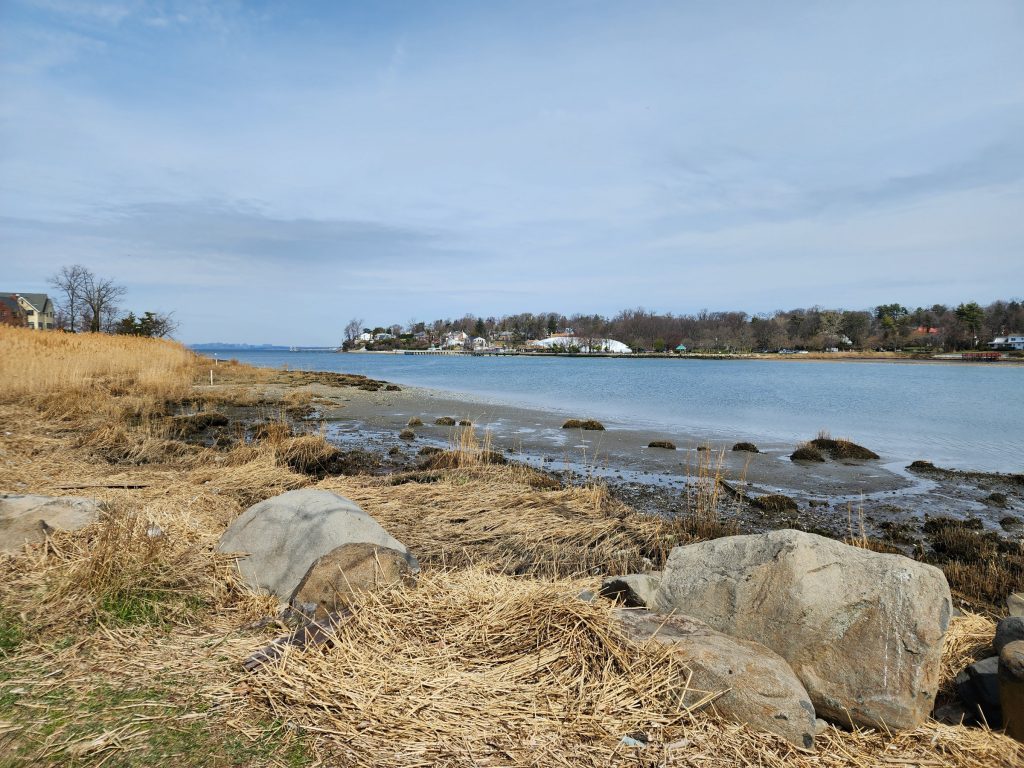
Want to get more involved in protecting our wetlands? Let us know you want to volunteer, and we’ll tell you when there are opportunities to participate in marsh cleanups or planting events near you.
